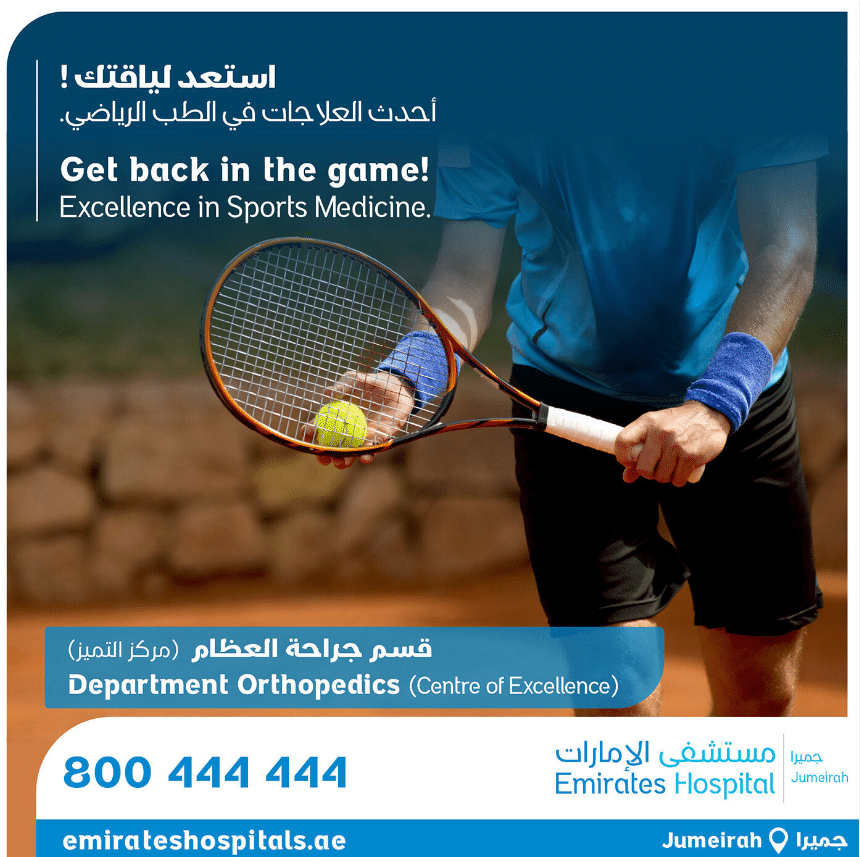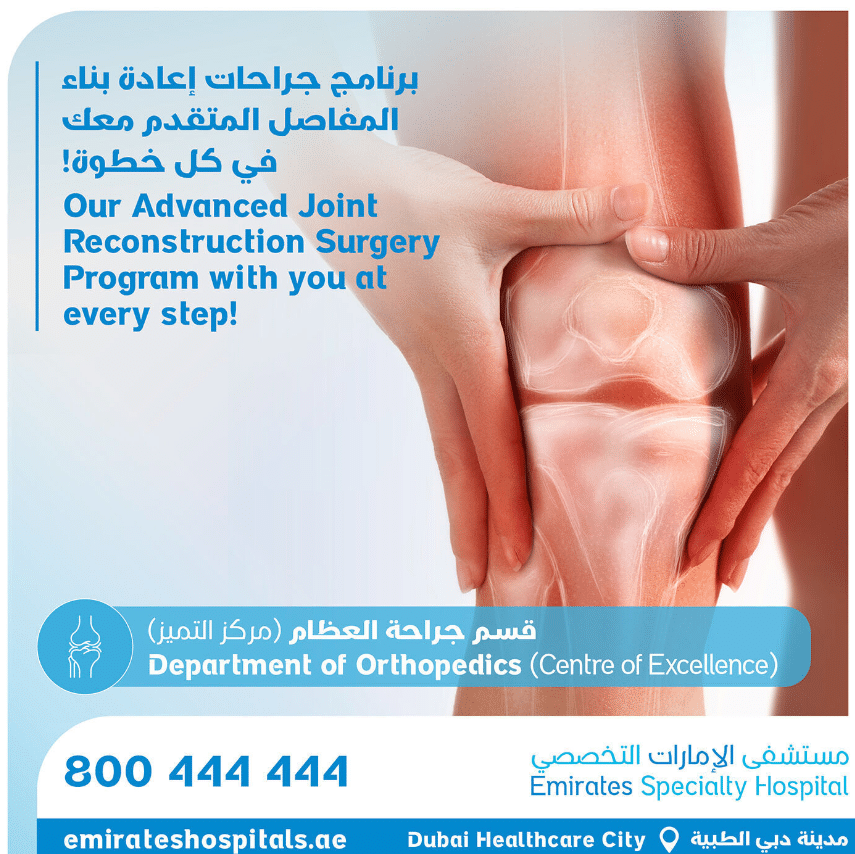Heart catheterization is a diagnostic method applied to humans since the 1930s. An investigation to learn the structure of the heart and how it works is called “cardiac catheterization”. In this process, very thin and small plastic tubes (catheters) are inserted through balls or arteries in the groin or neck area, are advanced to the heart, blood pressure measurements are made in all heart cavities and large vessels and blood samples are taken. In addition, thanks to catheters, contrast material injections into the heart cavities and vessels make heart images. In this way, the diagnosis of complex heart anomalies can be easily made and a plan can be made for the patient to perform the operation.
What is therapeutic (interventional) heart catheterization?
Similar to the cardiac catheterization performed to make a diagnosis, the process is carried out by advancing the catheters to the heart with a thin needle from the groin or neck vessels. In this way, many congenital and acquired heart diseases can be treated without the need for surgery. Closure of heart defects (patent ductus arteriosus (PDA), atrial septal defect (ASD), patent foramen ovale (PFO) and ventricular septal defects), relief of valve or vascular stenosis (pulmonary valve stenosis, aortic valve stenosis, peripheral pulmonary artery stenosis and aorta coarctation) are the most common procedures.
The first hours after heart catheterization
After the procedure is completed, the cannula in the groin is removed, and pressure is applied to this area for 15-20 minutes. After seeing that the bleeding has stopped, it is closed with a tight bandage. In addition, a sand bag weighing 3-4 kg is placed on the bandage and pressure is applied there for about 6 hours. Then this bag is removed, the previous bandage is replaced by a small bandage. The patient drinks 1.5-2 liters of water within 4 hours after the procedure. The groin area, urine volume and electrocardiogram (ECG) are checked intermittently. During this period, the patient should keep the relevant arm or leg as immobile as possible.







